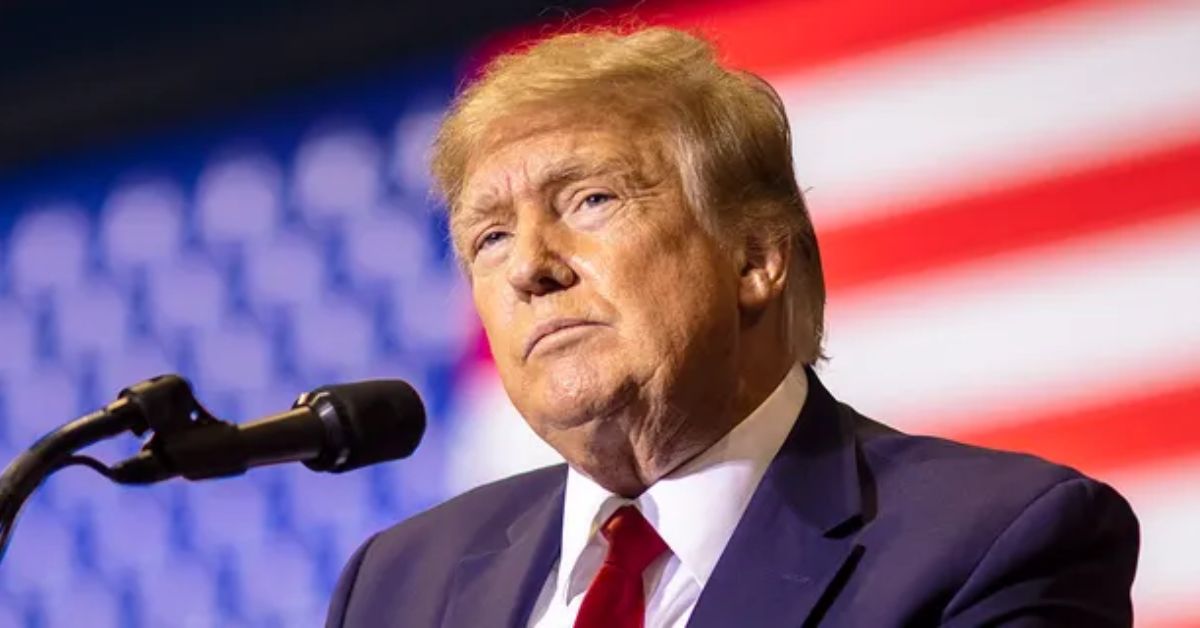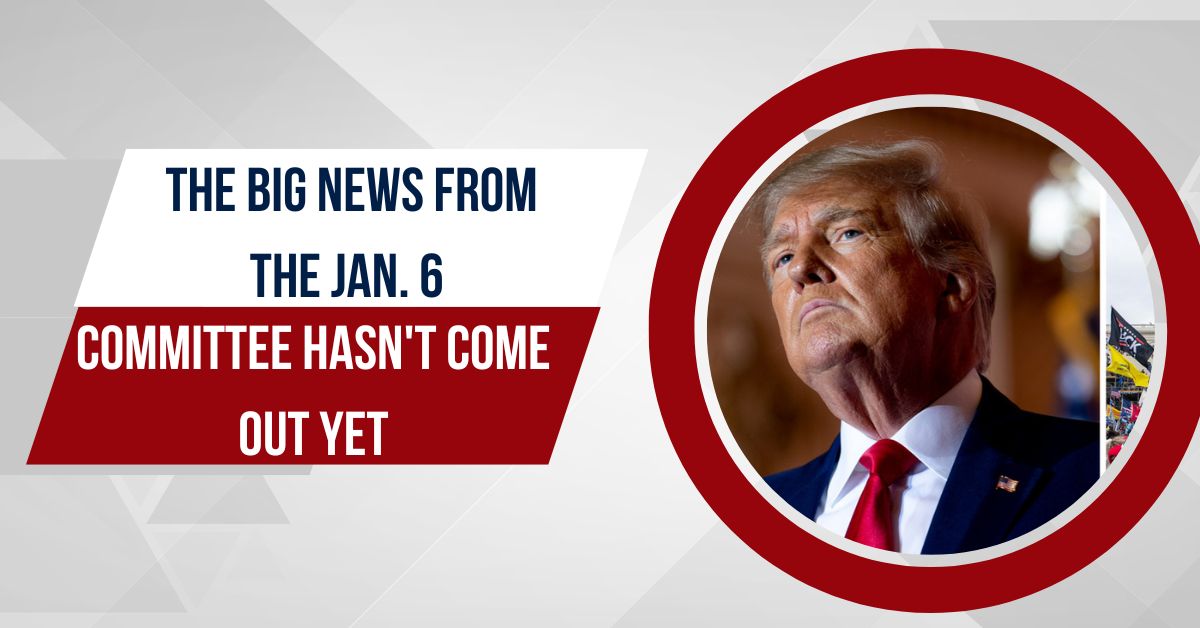The Big News From The Jan. 6 Committee Hasn’t Come Out Yet: The last and most important thing the January 6 select committee will do won’t happen in a hearing room. It will happen when one of the panel’s previous, stressed-out workers presses the “publish” button on the evidence gathered over 18 months of investigation, most of which is still kept secret.
Nearly 1,200 transcripts of interviews with witnesses and reams of hard-won documents about Donald Trump’s attempt to stop the peaceful transfer of power are sitting on the committee’s desk. The nine members of the select panel met on Monday to send evidence of Trump’s possible crimes to the Justice Department. The basic information, not a final public meeting, will tell the story the committee has worked hard to put together.
The 160-page executive summary, which comes before a final panel report that could come out as soon as Wednesday, gives an idea of how many different kinds of documents the committee looked at. It talks about at least 30 “productions” of documents from other witnesses and agencies, such as White House visitor logs, Secret Service radio frequencies, and the Department of Labor, where then-Secretary Eugene Scalia produced a memo on January 8, 2021, asking for a Cabinet meeting to talk about the transfer of power.
Rep. Bennie Thompson (D-Miss. ), in charge of the committee, said Monday that most of its non-sensitive records would be made public by the end of the year. Thompson has said that the materials from the taxpayer-funded investigation should be made public: “These transcripts and documents will allow the American people to see the evidence we have gathered and continue to look into the information that led us to our conclusions.”
The committee started its last meeting by saying that the former president and his allies who helped him try to change the 2020 election should be held accountable. But the panel members agreed as they have throughout the investigation, that the DOJ and others would have to make the final decision after they turned off the lights. Four criminal charges against Trump were sent to the DOJ on January 6.
Still, there are important questions about which evidence the panel will keep secret, such as whether it will post hundreds of hours of video interviews and its transcripts. Thompson has also said that private information and details about law enforcement or national security will be removed from the transcripts. Thompson has said that some witnesses who asked to remain anonymous would be able to do so. The chair said that call records would probably stay secret, except for the ones that the committee found essential to the investigation.
Even so, the panel’s opening materials teased us with hints of what was to come. In its executive summary, the committee referred to just over 80 of the interviews and documents it got from 34 agencies or witnesses. These included Christoffer Guldbrandsen, a documentary filmmaker who filmed Trump ally Roger Stone, and Bernard Kerik, who helped Trump attorney Rudy Giuliani collect evidence to challenge the 2020 election results.
The summary also shows that the key people in Trump’s alleged plot had a lot of contact with each other that was not known before but could be of interest to federal prosecutors. For example, the document talks about the many times that Jeffrey Clark and Ken Klukowski, who worked for the DOJ at the time, spoke to Trump campaign lawyer John Eastman in the last days of 2020 and the beginning of 2021.
Also, the summary casts doubt on the testimony of some select panel witnesses, like former Secret Service agent, Trump White House aide Tony Ornato and former White House press secretary Kayleigh McEnany, who the committee said were not as honest as others who spoke to it.
During her testimony, McEnany denied that Trump didn’t want to stop the crowd, but the summary said that her former assistant, Sarah Matthews, told the panel that wasn’t true. Ornato, who could have been a critical witness to an alleged fight between Trump and his security team on January 6, drew similar attention when he told the committee he couldn’t remember telling the story of the battle, even though other witnesses said he did.
In a footnote, the committee said, “The Committee has doubts about Ornato’s story.” The summary hints at even more information that the panel on January 6 has been keeping secret for months.
The committee said over and over that as it was winding down, the DOJ and local prosecutors in Fulton County, Ga., seemed to have surpassed its ability to collect information that witnesses wanted to keep private, either by pleading the Fifth Amendment or claiming other privileges that lawmakers could not get around.

“The Committee recognizes that the Department of Justice and other prosecutorial authorities may have access to better investigative tools than the Committee does, such as search warrants and grand juries, to get relevant information and testimony,” the panel said.
On January 6, a committee told four Republicans in Congress that they had broken ethics rules. On Friday, a federal judge released a secret grand jury opinion that made this point clear: the DOJ got thousands of emails from crucial Trump allies like Clark, Klukowski, and Eastman months earlier than was previously known.
The committee said that it had already given some of its evidence to federal prosecutors, even though it had resisted giving most of its evidence to the Justice Department. The committee also asked prosecutors to send grand jury subpoenas to Republican lawmakers who didn’t respond to its summonses. This included House Minority Leader Kevin McCarthy, who the committee said had vital information about Trump’s thoughts during and after the attack on the Capitol.
And not just prosecutors watch the work of the panel. Senate Minority Leader Mitch McConnell (R-Ky.) said Monday, “Everyone in the country knows who was to blame for that day.” “Other than that, I don’t have any other immediate thoughts.”
If you liked this article, tell us what you thought about it in the comments section. And don’t forget to visit our website Journalistpr.com. to learn more about what’s on.

Leave a Reply